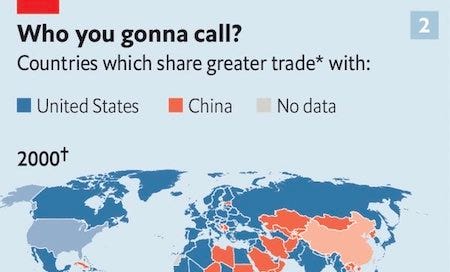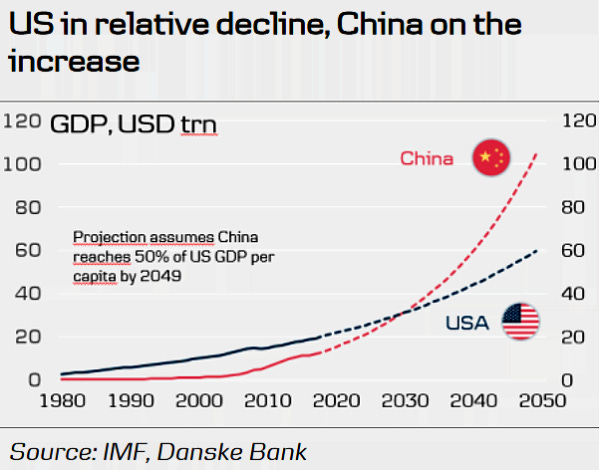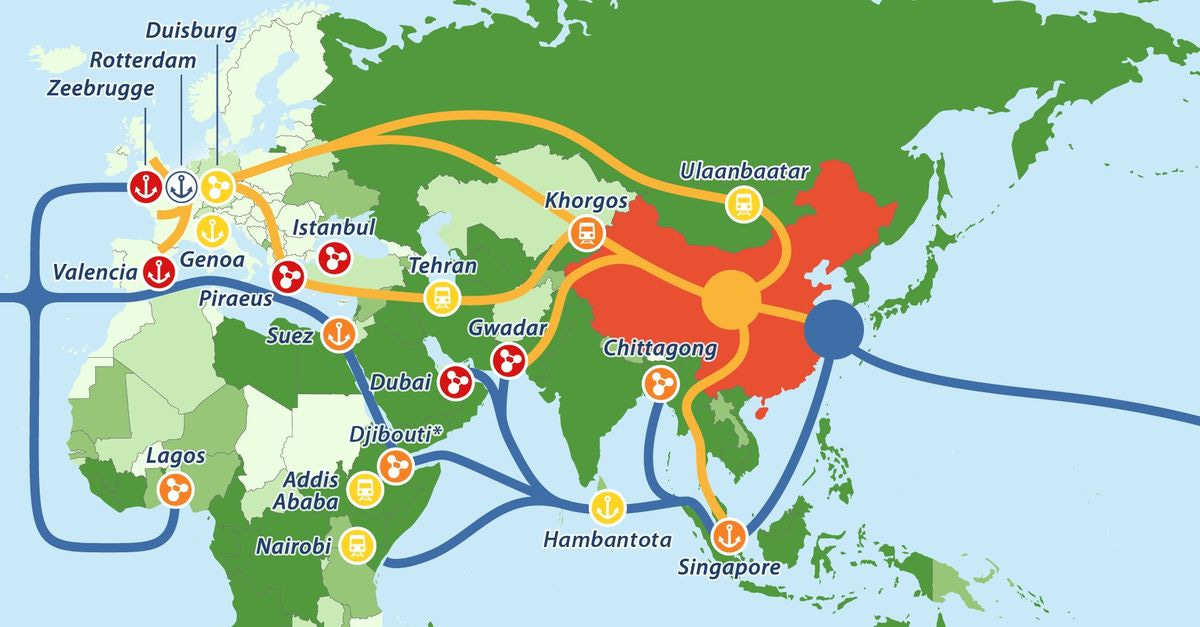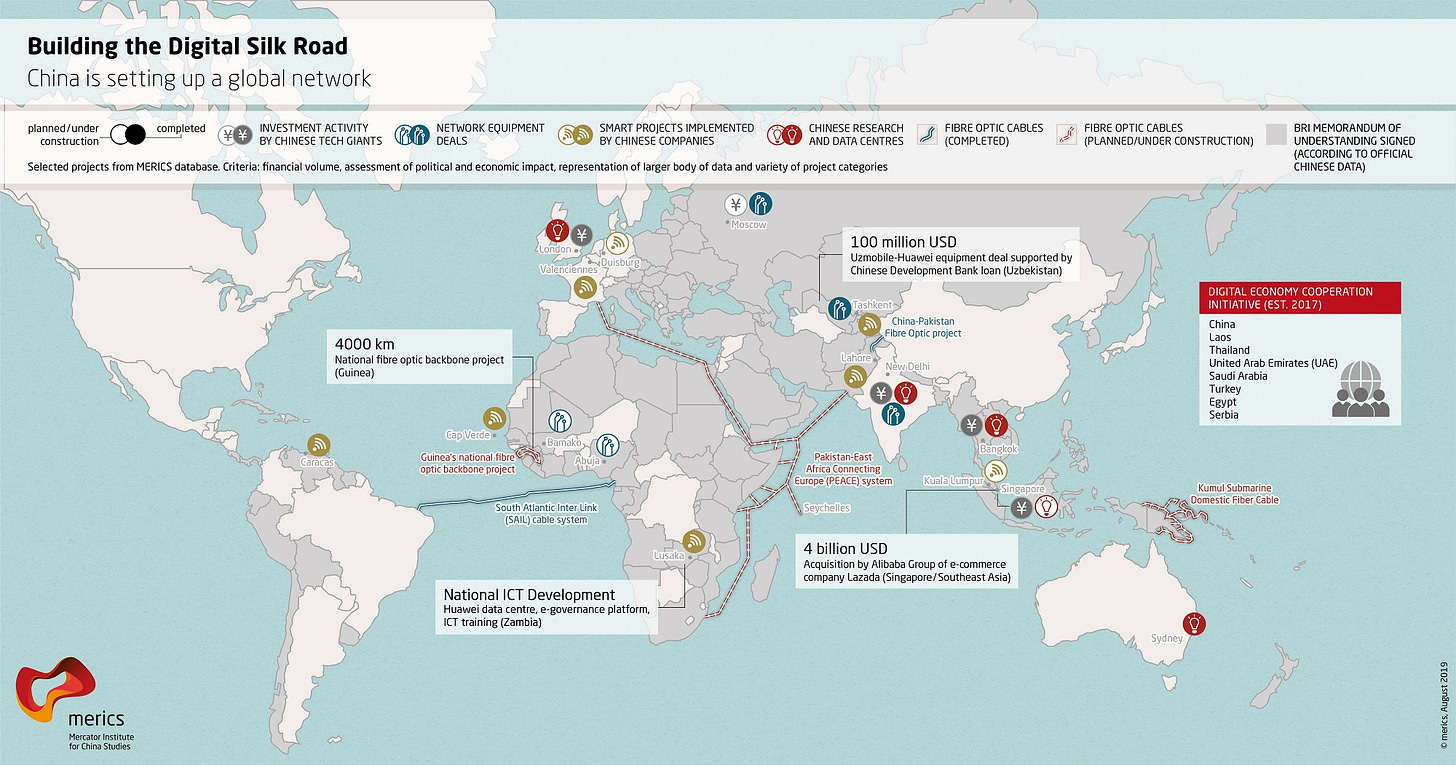From Mike Whitney’s paper: The Great Chessboard: China’s Economic Rise and the Collapse of America, Global Research, 14 July 2023, a SUMMARY (with new data, graphics, cited references and additional commentaries):
1] American capitalism is a free-for-all savage by which financial rottweilers would buyback unproductive stocks to create not jobs but tear up an economy. It’s well-known fact that since 2009 US corporations have spent more than $7 trillion on stock buybacks that as an activity, it only boosts payouts to rich shareholders but as a process had failed to produce anything of material value to the ordinary people of America.
2] Since opening up to foreign trade and investment besides implementing free-market reforms in 1979, China has been among the world’s fastest-growing economies, with real annual gross domestic product (GDP) growth averaging 9.5% through 2018, a pace even acknowledged by the World Bank as “the fastest sustained expansion by a major economy in history”, (World Bank, 2017, The 2017 World Development Report).
3] Such a growth rate has enabled China, on average, to double its GDP every eight years and helped raise an estimated 800 million people out of poverty, (Ravallion, Martin, 2011, A Comparative Perspective and Poverty Reduction in Brazil, China, and India, World Bank Research Observer 26 (1): 71-104).
4[ Consequently, China has become the world’s largest economy (on a purchasing power parity basis), manufacturer, merchandise trader, and holder of foreign exchange reserves.
The foreign exchange reserves of China are the state of foreign exchange reserves held by the People's Republic of China, comprising cash, bank deposits, bonds, and other financial assets denominated in currencies other than China's national currency (the renminbi).
In January 2023, China held US$860 billion of US government debt, 11.6% of the total foreign holdings of US government debt. This ranks China as the second largest holder of US government debt, after Japan. China is gradually reducing its holding of US dollar reserve, down to 25% in 2023 from 59% of its total foreign-exchange in 2016.
5] Indeed, China is the largest U.S. merchandise trading partner, biggest source of imports, and the largest foreign holder of U.S. Treasury securities, which help fund the federal debt and keep U.S. interest rates low, (Congressional Research Service, China’s Economic Rise: History, Trends, Challenges, and Implications for the United States).
6] China now has more companies on the Fortune Global 500 list than does the United States…… with nearly 75 percent of these being state-owned enterprises (SOEs). Three of the world’s five largest companies are Chinese (Sinopec Group, State Grid, and China National Petroleum).
China’s largest SOEs hold dominant market positions in many of the most critical and strategic industries, from energy to shipping to rare earths, (Center for Strategic and International Studies, Confronting the Challenge of Chinese State Capitalism).
In fact, the combined assets for China’s 96 largest SOEs total more than $63 trillion, an amount equivalent to nearly 80 percent of global GDP.
Had China imposed the radical reforms (like “shock therapy”) that Russia did following the dissolution of the Soviet Union in 1991, then she would have experienced the same disastrous outcome.
7] Even a report from the IMF, Asia Poised to Drive Global Economic Growth, Boosted by China’s Reopening indicated that
China and India together are forecast to generate about half of global growth this year.
Indeed, The Asia-Pacific Basin will contribute about 70 percent of global growth this year.
8] As China grew into the new dynamics of its economy, state institutions are often the drivers at the frontier of new industries, protecting and guaranteeing their own growth. China today is not a free market economy in any sense of the word. It is a state-led market economy. The government effectively owns all land, and China leverages state ownership through market competition to steer the economy.
Since the 1980s, free market policies have swept the globe. Many countries have undergone far-ranging transformations from liberalizing prices, privatizing entire industries, and opening up to free trade. However, many of the economies that were subjected to the market overnight have since stagnated or decayed. None of them have had a growth record like the one seen in China. African countries experienced brutal economic shrinkage. Latin American countries experienced 25 years of stagnation.
Under state socialism, Russia was an industrial superpower while China was still largely an agricultural economy. Yet during the same period that Chinese reforms led to incredible economic growth, Russia’s reform led to a calamitous collapse.
China’s gradual reforms allowed it to survive. And that made all the difference; view How China (Actually) Got Rich”.
9] China’s increasing control over Eurasia clearly represents a fundamental change in that continent’s geopolitics - and geostrategics, read Shanghai Corporation Organisation.
America made mistakes.
Convinced that Beijing would play the global game by U.S. “international order” rules, Washington’s foreign policy establishment made a major strategic miscalculation in 2001 by accepting China into the World Trade Organization (WTO).
By 2000 China share of total world trade had sextupled as compared with 1977 and as early as 1995 China had become one of the top ten trading countries in the world. During the 1990s China was the world’s second largest recipient of foreign direct investment, following only the United States, (Brookings, 9/5/2001).
In little more than a decade after it joined the WTO, Beijing’s annual exports to the U.S. grew nearly five-fold and its foreign currency reserves soared from just $200 billion to an unprecedented $4 trillion by 2013, Fall of the US, (counterpunch).
10] Thus, national security advisor Zbigniew Brzezinski's strategy on Eurasia in his classic, The Grand Chessboard: American Primacy And Its Geostrategic Imperatives, and Wolfowitz’s sentiments in subsequent National Security Strategy and National Defense Strategy documentation may only be - on hindsight - of legacy relevancy, whereas the BRI, Maritime Silk Road (MSR) and the Digital Infrastructural Chains (Ma, The Digital Silk Road) are creating and enveloping the world’s largest economic corridor, covering a population of 4.4 billion and an economic output of US$21 trillion.
CONCLUSION
Those massive projects hold potential for a new renaissance in commerce, industry, discovery, thought, invention, and culture that could well rival the original Silk Road. It is also becoming clearer by the day that geopolitical conflicts over these projects could lead to a new cold war between East and West for dominance in Eurasia. The outcome is far from certain. (“New Silk Road Could Change Global Economics Forever”, Robert Berke, Oil Price).
Looking beyond modern China - 中国式现代化 - what gives this state capitalist system such immense global force are the synergies and interconnectivity between and among Chinese firms, state-owned banks and investors, and the Chinese Party-state. This commercial-strategic ecosystem, which have been dubbed “CCP Inc.,” possesses an unrivaled ability to deliver the complete value package when entering overseas investment deals: it can buy, build, and finance on a scale and speed, that is unmatched.









